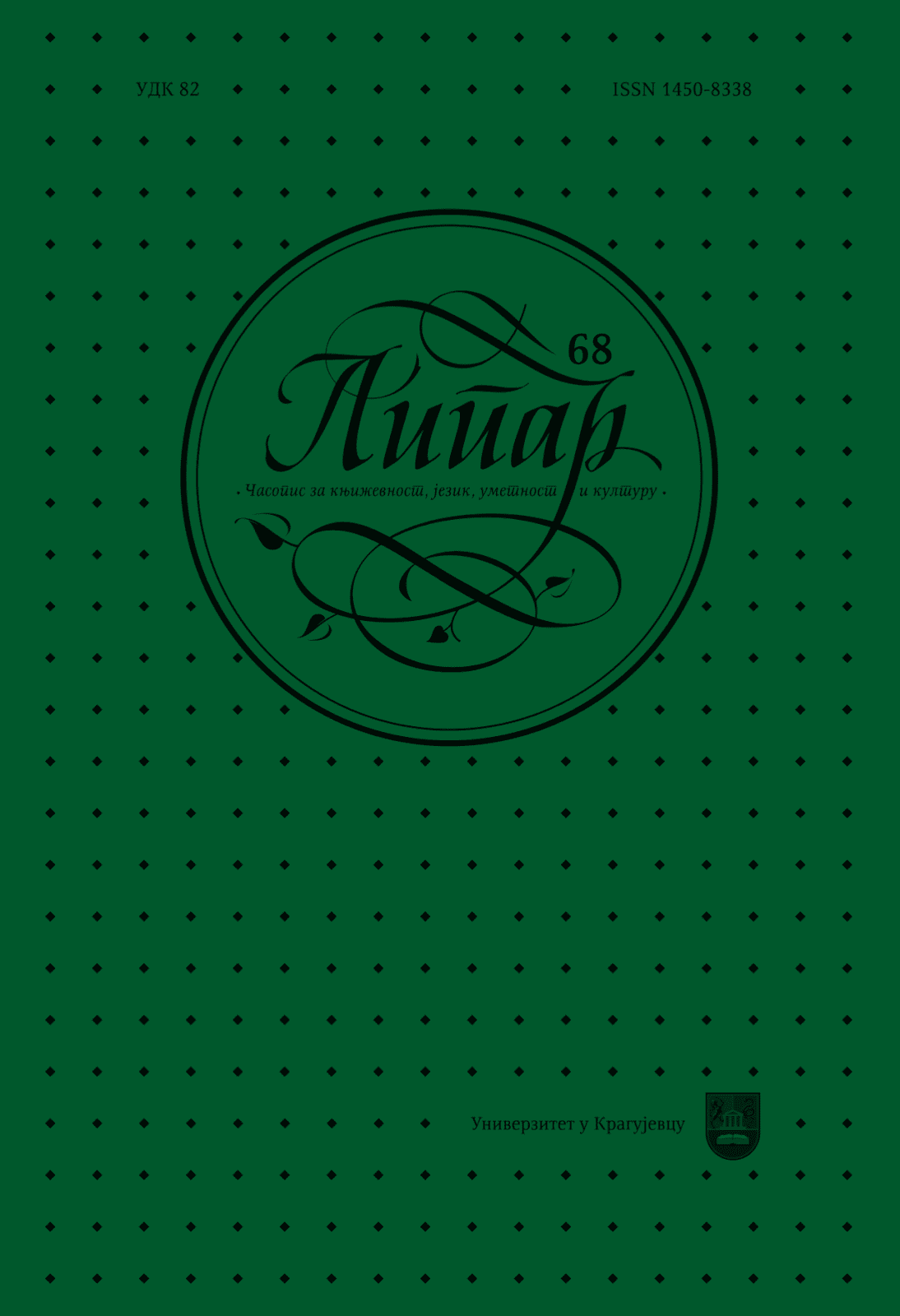СЛИКА ГРАДА У РОМАНУ ХОДОЧАШЋЕ АРСЕНИЈА ЊЕГОВАНА БОРИСЛАВА ПЕКИЋА
THE IMAGE OF THE CITY IN THE NOVEL THE HOUSES OF BELGRADE BY BORISLAV PEKIĆ
Author(s): Đorđe RadovanovićSubject(s): Language and Literature Studies, Studies of Literature, Serbian Literature
Published by: Универзитет у Крагујевцу
Keywords: City;Belgrade;modernism;megalopolis;utopia;heterotopia
Summary/Abstract: In this paper, we observe Pekić’s novel The houses of Belgrade with regardsto its constituting through urban discourse and its symbolic, meta-poetic and epochalpotentials. We are analyzing the difference between two kinds of urban discourses.The first one is represented by the first-person narrator, former housekeeper ArsenijeNjegovan, who refuses to admit the existence of the new post-war Communist governmentand its ideological conflict with pre-war civil society that led to its destruction.Njegovan forms his narrative as a narrative of a modernist subject who is excludingpart of knowledge that could annihilate its transcendental existence. That part ofknowledge is in fact the other kind of discourse, and it is a discourse of objectivehistorical and ideological situation that remains outside of the first-person narrative.Both kinds of narrative are represented by urban and architectural symbols whichcreate the basic narrative code of this novel. When these two discourse start to comeclose to each other, Arsenije Njegovan as a modernist subject begins to fall apartwhich leads to his probable suicide.
Journal: Липар - часопис за књижевност, језик, уметност и културу
- Issue Year: XX/2019
- Issue No: 68
- Page Range: 129-141
- Page Count: 13
- Language: Serbian

